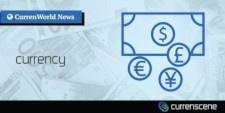Talking Points
- All currencies are not the same; emerging market FX trades differently than developed market FX.
- Key differences between DM FX and EM FX are the enforcement of private property rights and the independence of monetary policy.
- Traders should watch rates of inflation, bond spreads, and export growth (among others) as they gauge whether or not crises are developing in emerging markets.
Looking for longer-term forecasts on the US Dollar? Check out the DailyFX Trading Guides[1].
Not all currencies are created equally. Given the nature of different economic systems and circumstances, the factors that motivate developed market currencies (“DM FX”) like the Euro[2] or the US Dollar[3] are different than the factors that motivate emerging market currencies (“EM FX”) like the Argentinian Peso or the South African Rand.
It’s often the case that traders’ attention turns to EM FX ex-post facto. That is, it’s fairly typical for the average trader to only be made aware of the fact that an emerging market currency has made a big move only after the move has occurred. This leads to the undesirable behavior of “chasing trades,” or for lack of a better term, “FOMO” – the “fear of missing out” on a trade provokes a trader into taking positions that don’t necessarily fit with their strategies.
How are Developed and Emerging Markets Different?
Before we look at the six key factors that traders should monitor before a crisis hits emerging markets, it’s important to recognize key structural differences between EM FX and DM FX economies.
Developed Market FX:
- More established financial institutions
-



